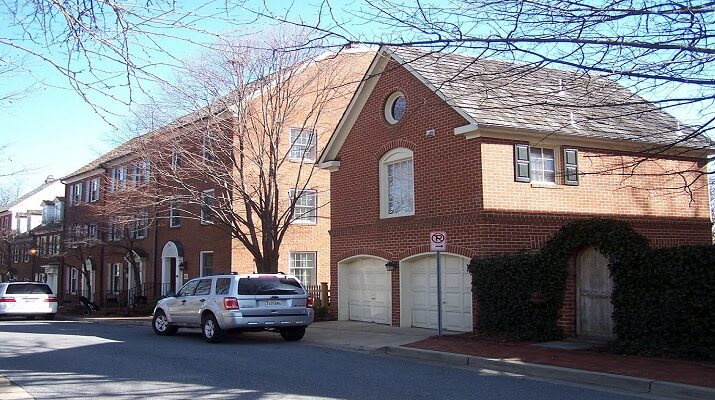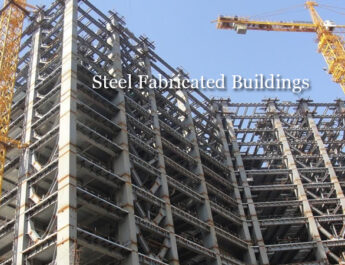Newstricky| Are you wondering what ADU in real estate is?
With more people choosing to share living space in an attempt to account and have a place to live despite the latest surge in home values, many homeowners are turning to Accessory Dwelling Units to help them accommodate the transition. But it’s essential to note that the economy’s improvement has since left most people questioning the use of these alternative living spaces.
The concept of Accessory Dwelling Units isn’t new. However, these spaces’ popularity keeps growing, leaving many people with a lot of questions that require answers.
These questions may include: What does ADU mean in real estate? Are there any benefits of building ADUs?
If you’re also in the dark about the concept of ADU, check out our guide below for more information.
Table of Contents
What Is ADU in Real Estate?
An ADU or Accessory Dwelling Unit is popularly known as a granny or mother-in-law flat. It’s an additional living space located on the same piece of land as an already-existing single-family home. These units may be attached or detached from the main house.
However, the primary purpose of an ADU is to provide homeowners additional space for tenants to live. ADUs come with complete and independent facilities such as a bathroom and a small kitchen. For a building structure to qualify as an ADU, it must have permanent sleeping, living, cooking, sanitation, and eating spaces.
In other words, an ADU is a complete home with self-sufficient facilities that only happen to be built on the same plot as a single-family home. The zoning laws governing the building of ADUs vary from one municipality to another. Likewise, the criteria that qualify a structure as an ADU may differ.
Hence, homeowners need to check with the proper authorities before adding them to their properties. This helps you better understand what an ADU is based on your municipality’s definition.
Types of Accessory Dwelling Units
To understand more about ADUs, you need to know the different types of ADUs available. This helps you determine the best dwelling units for your property. There are three different types of ADUs which include:
Manufactured Buildings
Manufactured ADUs (or prefab ADU) are built in a factory and transported to the site. A foundation is created before the transportation of the manufactured building. Once the manufactured structure is delivered to the site, it’s installed on the already built foundation to create a manufactured ADU.
Garage Conversion Dwellings
A garage conversion is the conversion of an existing garage into an accessory dwelling unit. The existing structure is converted into liveable space by building living, sanitary, sleeping, and eating areas within the garage. The conversion process requires homeowners to request safety permits from the necessary municipal and local governing agencies.
Site Built
A site built is an ADU that’s constructed from the ground up on-site. The homeowner will hire a contractor and purchase all the necessary building materials for the construction work to begin. In most cases, site-built ADUs are the most expensive to construct.
The best way to get a site-built ADU on your property is to contact reputable ADU builders.
The Benefits of ADUs in Real Estate
When you build an additional living structure on your property or turn your garage into one, you will have an ADU. But what are the benefits of building these dwelling units on your property? Read below to find out:
It Provides Additional Living Space for Relatives
An ADU is a great living space for guests and visiting relatives. Because an ADU has a separate entrance, a living space, a bathroom, and a kitchen, it’s a great space for aging relatives too. Most people aren’t comfortable moving their aging relatives into a retirement community or nursing home.
Most nursing facilities have a lot of rules to navigate and the quality of life isn’t guaranteed. It can also be expensive to take your aging relative to a nursing home. Hence, you can build an ADU to accommodate these relatives.
With an ADU, you can easily take care of your family member without the numerous rules and visiting hours to navigate in nursing homes. You can also build an ADU based on your preferences and occupants’ needs and equip it with wheelchair access, wider cabinets, countertops, and a ramp.
Keep in mind that the ADU doesn’t have to be specifically for the aging relative; it can also be great for an adult child.
It’s a Passive Source of Income
As a homeowner, it’s essential to have an additional source of income. You can use the extra money to ensure your family lives comfortably. You can also use the money to pay off your mortgage.
Through renting the ADU, you can generate passive income. Whether you will rent out the unit short-term or long-term, it’s up to you. Alternatively, you could choose to live in the ADU and rent out the primary residence on your property.
It Increases the Property Value
Whatever you choose to do with your ADU, building it will increase the value of your property. The ADU will appeal to most property buyers because it can act as an additional source of income. They can also use it to house a relative or accommodate guests.
Differences Between Accessory Dwelling Units and Tiny Houses
ADUs are permanent and are built near, adjacent to, or in conjunction with a primary dwelling structure. On the other hand, tiny houses often have wheels or are placed on small pieces of land with no adjacent buildings.
A tiny house only exists in a piece of land all by itself, while an ADU needs a pre-existing structure. In most cases, tiny houses are often smaller than ADUs and require special permission and approval.
Now You Know About ADUs
Installing an ADU on your property is a great way to generate passive income, increase your property value and provide additional accommodation for guests and other family members. Unfortunately, most people don’t know much about an ADU in real estate.
Reading the above guide will help you understand what ADUs are and why they are a great addition to your property.
Did you enjoy this article? Check out other posts on our site for more homeowner tips.
You may also like: Ways To Invest In Real Estate




